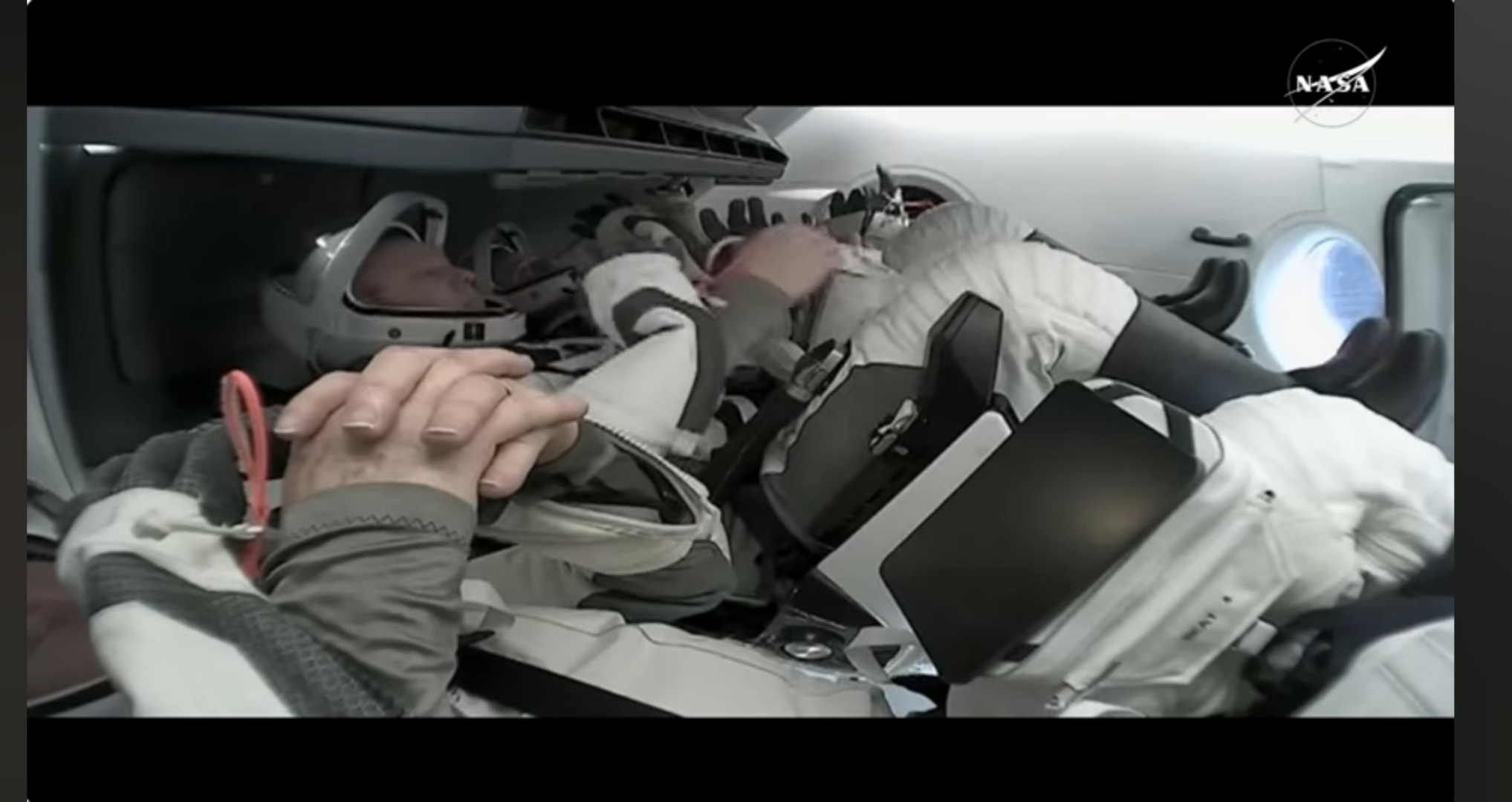How I Track Token Prices, Spot New Pairs, and Ride Trending Moves Without Losing My Shirt

- আপডেট সময় : ০৬:২৭:০৯ পূর্বাহ্ন, মঙ্গলবার, ১ জুলাই ২০২৫ ৩ বার পঠিত

Whoa, that first pump felt unreal.
I remember staring at a small candle on a chart and thinking it was nothing. My instinct said this was different, though. Initially I thought it was just noise, but then I saw volume spike and my head snapped up—same moment everyone else did. Trading is weird like that; you feel the momentum before logic catches up.
Really?
Yeah, really. I used to rely on static watchlists that were updated in the morning and could be hours out of date. That approach works if you’re swing trading blue-chip tokens, but for new token pairs and memecoin-style pumps, timing is everything. You miss a few minutes and you can miss a lot.
Here’s the thing.
Short windows matter. Microstructure matters even more. When a new pair lists, initial liquidity depth, token distribution, and early sell pressure set the tone for minutes to come—sometimes for days. I’ve learned the hard way that a promising chart can still be a rug in disguise, and vice versa.
How I actually watch the market (practical, messy, honest)
Okay, so check this out—my routine is dumb-simple on paper and very human in practice. I start before the market wakes up for me (US East Coast, coffee in hand), scanning alerts for new pairs, abnormal volume, and aggressive buy walls. Then I narrow the field to 3 or 4 candidates and watch their micro-charts for entry cues. My instinct often flags somethin’ a few seconds before my rational brain does, which is both a curse and a gift.
Hmm…
One tool I keep going back to is a real-time pair screener that aggregates trades and liquidity across DEXes so I can see the earliest flow. I like that tool because it surfaces the raw data I care about—price, volume, liquidity, and the exchange footprints for each pair. When a new token pair shows a sudden volume spike without corresponding liquidity, my alarm goes off; it means fast moves, high slippage, and a big chance of being trapped.
Seriously?
Yep. I found a few hidden gems by following early volume anomalies, but I also took losses following “hot” pairs that were just bots pumping each other. On one of those days I thought I could outsmart the market. Actually, wait—let me rephrase that: I convinced myself I could outsmart the market. That didn’t age well.
Where trending tokens show their true faces
New pairs trend for different reasons. Some are utility-driven launches with genuine demand, others are influencer-led hype trains, and a good number are experiments to test liquidity sinks. On-chain metrics will tell you different parts of the story: token age, holder concentration, contract code anomalies, and cross-chain bridges involved. You have to read the signals in aggregate, not as solo indicators.
My rule of thumb is simple and a bit blunt: if a single wallet holds the majority of supply, assume they’ll sell into strength. That rule saved me from very very painful exits more than once. On the flip side, when I see diversified holders and organic volume across many addresses, I feel more confident staying in the trade longer.
Something felt off about the ease of this whole ecosystem at first.
At first I thought on-chain transparency made things safer, but then I realized transparency only exposes what smart people can analyze faster than you can. So you need filters. I use price and liquidity thresholds, timestamped order flow, and a quick contract scan to check for mint or owner privileges—those red flags matter immediately.
My quick checklist before entering a new pair
Short checklist first. Wow.
1) Liquidity depth relative to intended position size. 2) Recent trade size distribution. 3) Holder concentration. 4) Contract functions that allow owner actions. 5) Social signals versus on-chain reality. I tick those off quickly and then watch the micro price action; if two of the five are bad, I pass. If three are good, I size small and manage risk tightly.
On one hand these rules sound strict; on the other hand they keep me alive long enough to exploit true opportunities. My approach is mostly tactical. I do not pretend to catch every move.
Check this tool—it’s where I often start when something catches my eye.
I embed the tool in my workflow because it gives me an instant view of new pairs and trending tokens, with live charts that let me see price action as it unfolds: https://dexscreener.at/
That single link is the hub where I triage leads before committing capital. The interface is fast, and the alerts are crisp enough that you can react without being glued to a single tab all day. (Oh, and by the way, alerts can be noisy—filter aggressively.)
Trade management and the psychology bit
Risk control is everything. Really. Set a mental stop, a real stop, and a plan for partial exits. My instinct tells me to hold winners too long and cut losers too late—so I force rules on myself. Initially I thought I was immune to FOMO, but then a green candle would whisper “just one more minute” and I’d be back to square one. I’ve built protocols to tamp that down.
Tell me you’re not the same.
Position sizing is tied to liquidity and volatility. If liquidity is shallow and volatility is high, I scale in small and scale out fast. If liquidity is deep and the token shows sustained buyers, I may hold a portion longer, but always with defined exit points. I’m biased toward liquidity—that part bugs me when it’s missing.
Also, keep an eye on trading pairs that cross-list quickly—sometimes the momentum shifts to another DEX or chain and your entry looks great until liquidity fragments. That fragmentation increases slippage and widens spreads, which kills returns fast.
FAQ
How do you avoid fake volume?
Look for consistency across venues. Fake volume often spikes on one DEX while others show low activity. Cross-check trade sizes, on-chain transfers to exchanges, and wallet behavior. If big trades keep appearing from the same handful of addresses, be skeptical. I’m not 100% sure any single metric is definitive, but layering these checks reduces false positives a lot.
Can beginners use this strategy?
Short answer: with caution. Beginners should start small and focus on learning the signals rather than chasing wins. The tools make discovery easy, but they don’t replace judgement. Practice with small stakes until your reactions match your analysis—only then scale up. Also practice emotional discipline; it’s the hardest part.
Finally, a quick note—I’m biased, and I’ll admit it. I prefer active, short-duration plays where liquidity gives me an out. Some of you will like longer holds; that’s cool too. The market accommodates many styles, but if you’re hunting new pairs and trending tokens, prioritize speed, filters, and strict risk rules. The rest is noise and storytelling.
Really, that’s the guts of it.
Keep your checklist tight, watch the micro-charts, and respect slippage. Markets change, tools evolve, and sometimes the best move is to sit out. Trading is equal parts math and humility—and a dash of luck.











